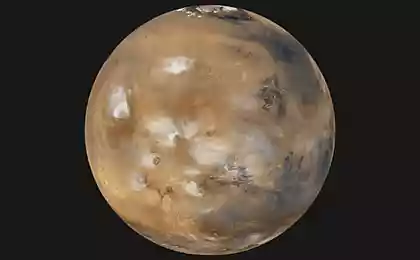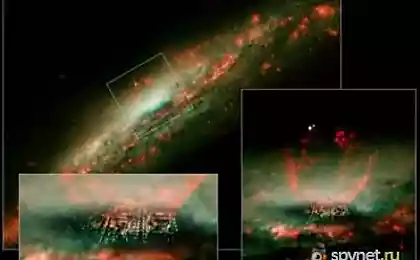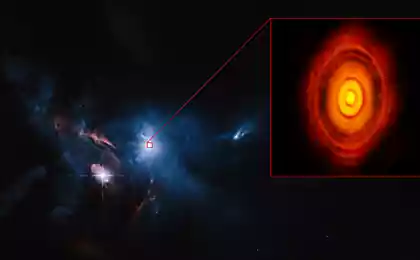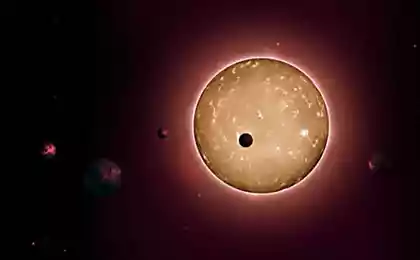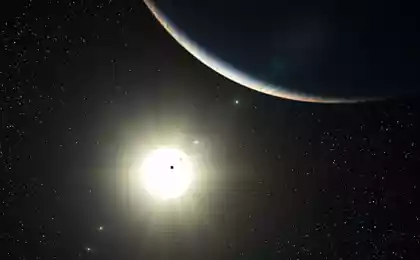1816
The most successful systems of planets photo
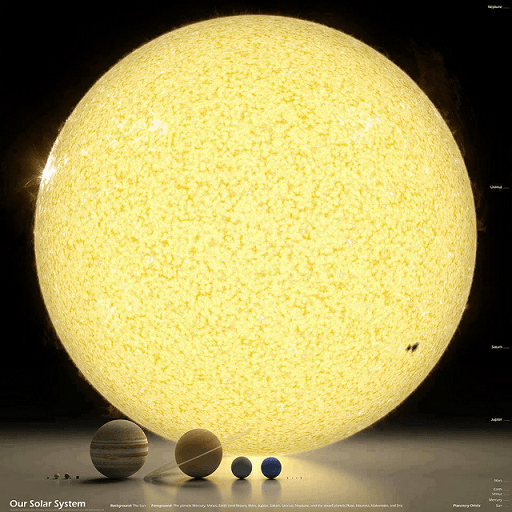
Mercury
Resulting from the spacecraft NASA «Messenger», it - the best ever picture taken of Mercury. It was compiled as recently as February 22, 2013.
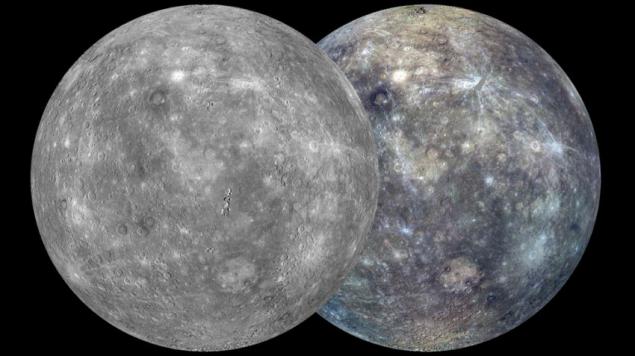
Venus
It is just over an old photograph - with a mission «Magellan» 1996. He was in orbit since 1989, but this is one of the best images taken them for all the time of flight. Dark spots on the entire surface of the planet - it traces of meteorites and large bright part in the middle - it Ovda Regio, a massive mountain range.
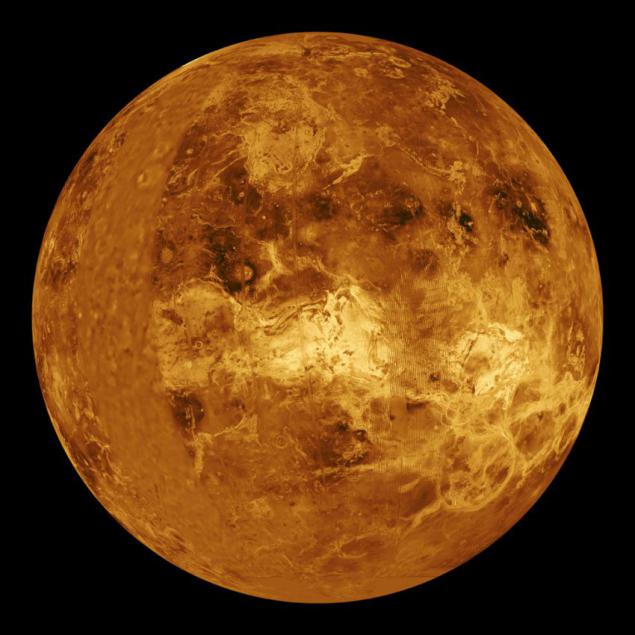
Land
40 years after the publication of the famous picture of "Blue Ball", which showed how our planet looks from space, NASA has released this updated version, photographed companion «Suomi NPP».
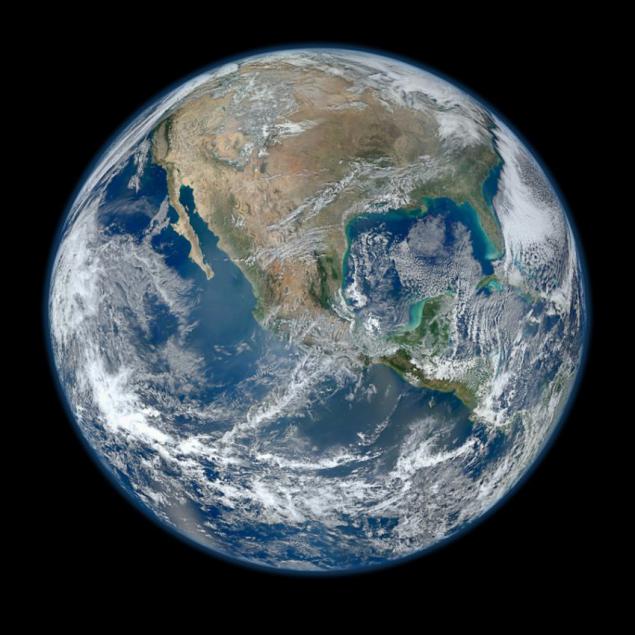
Mars
In the case of Mars, we must go back to 1980. Recent advances in the study of Mars gave us plenty sverhdetalnyh pictures of this planet, but they are all made from close range or at all now with the surface. And this shot again in the form of "marbles" - one of the best in the history of the Red Planet. This mosaic image obtained from the orbital module «Viking 1". A crack in the middle - is Valles Marineris, a huge canyon running along the equator of the planet, one of the largest in our solar system.
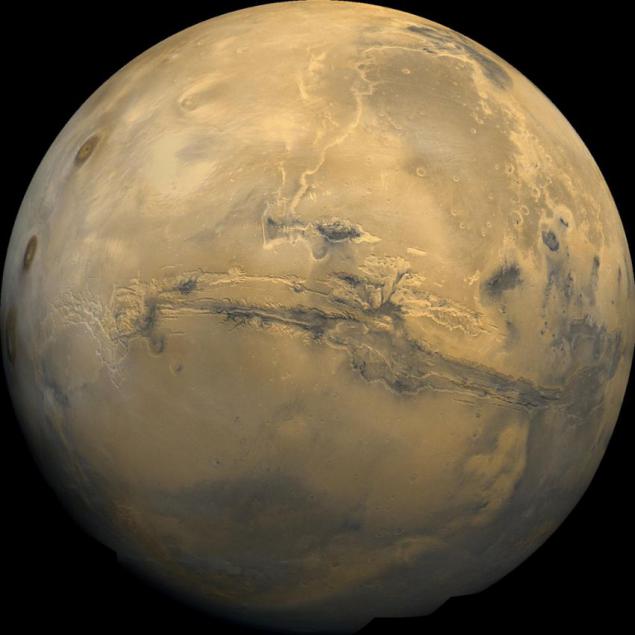
Jupiter
Best snapshot of Jupiter was obtained, believe it or not, with a passing Cassini probe in November 2003, which actually flew to Saturn. What's interesting is that everything you see here is actually a cloud, not the surface of the planet itself. White and bronze rings - two different types of cloud cover. This image released by the fact that these colors are very close to what actually would have seen the human eye.
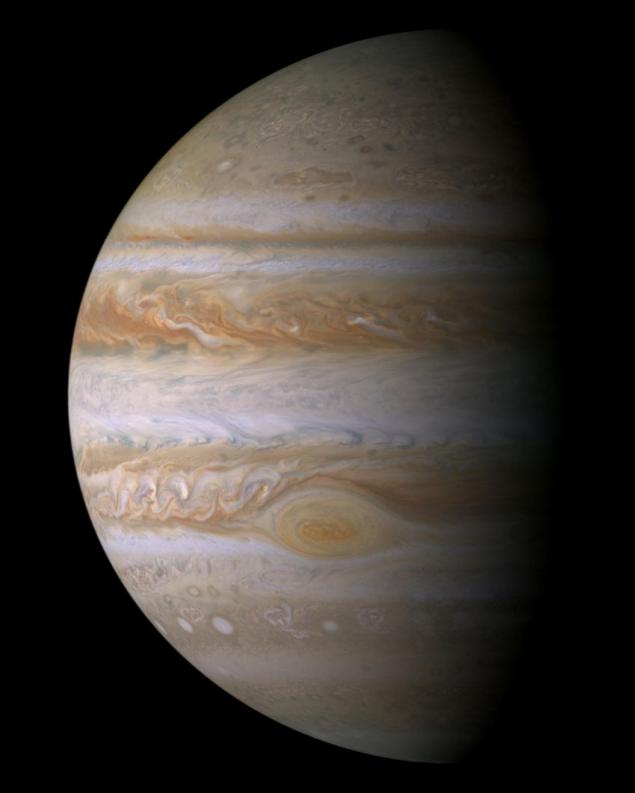
Saturn
And when the probe «Cassini» finally reached the point of his appointment, he made these extraordinary pictures of Saturn and its moons. This picture was compiled from images taken during the equinoxes Saturn in July 2008, a mosaic of 30 images taken over two hours.

Uranus
Poor Uranus. In 1986, when «Voyager 2" passed by the first "ice giants" on his way out of the solar system, he looked no more than a green-blue sphere without any special signs. The reason for this were the methane clouds that make up the top layer of frozen gas atmosphere of this planet. It is believed that somewhere beneath the clouds and the water there, but it just can not say no.

Neptune
Last planet, which is the planet in terms of scientists, Neptune was discovered only in 1846, and even then it was opened through mathematical calculations rather than observations - changes in the orbit of Uranus led astronomers Alexis Bouvard to the assumption that it is for another planet. And this picture is not very high quality, because Neptune is visited only once, the probe «Voyager 2" in 1989. It's hard to imagine what is actually happening on this planet - the temperature on it just above absolute zero, blow on it the strongest winds in the solar system (up to 2 thousand kilometers per hour), and we have a very vague idea of how the planet formed and generally there.
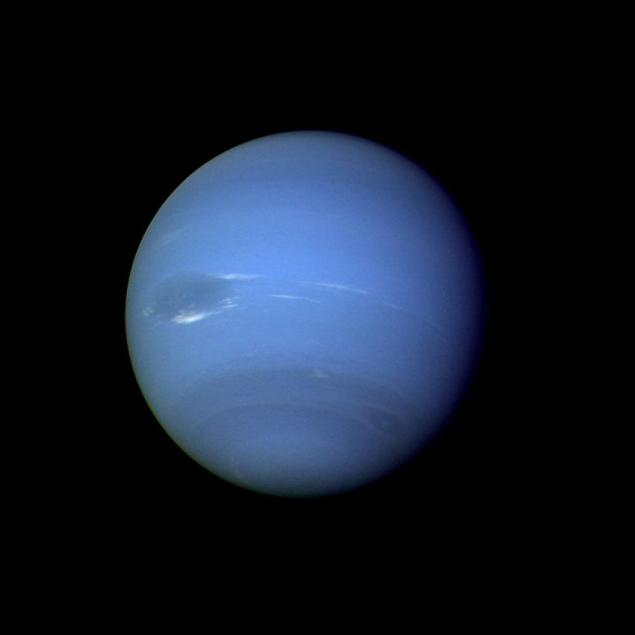
Pluto
Yes, Pluto is a "dwarf" and not ordinary planet. But we can not leave it unattended, especially for the reason that it is the last major celestial body in our solar system - that also means that we have very little information about how it looks and what happens there. This computer-generated image based on photographs of the telescope Hubble; Color was synthesized on the basis of assumptions, and the surface of the planet is not necessarily blurred, since we really do not know what it looks like.
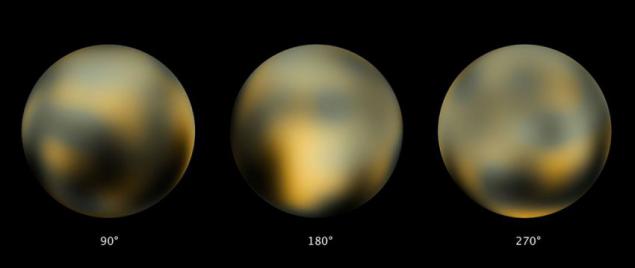
Also:









